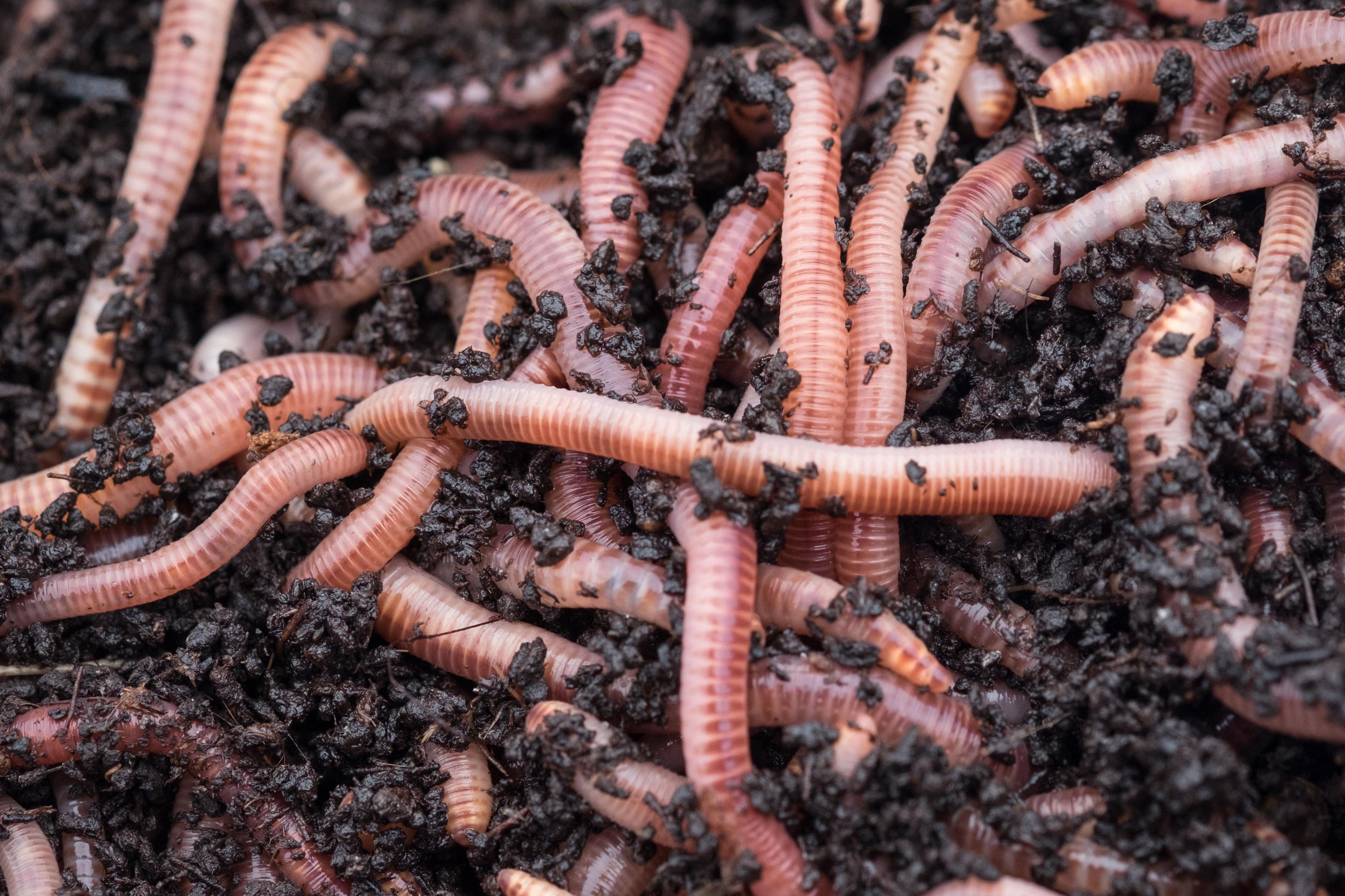What is a wormery and how does it help gardeners?
Give the worms a home and they’ll reward you with rich compost.

Your support helps us to tell the story
From reproductive rights to climate change to Big Tech, The Independent is on the ground when the story is developing. Whether it's investigating the financials of Elon Musk's pro-Trump PAC or producing our latest documentary, 'The A Word', which shines a light on the American women fighting for reproductive rights, we know how important it is to parse out the facts from the messaging.
At such a critical moment in US history, we need reporters on the ground. Your donation allows us to keep sending journalists to speak to both sides of the story.
The Independent is trusted by Americans across the entire political spectrum. And unlike many other quality news outlets, we choose not to lock Americans out of our reporting and analysis with paywalls. We believe quality journalism should be available to everyone, paid for by those who can afford it.
Your support makes all the difference.Those of us who want to create the richest possible compost should cast aside any squeamish tendencies and think about creating our own wormery.
Worms are among the most beneficial organisms in the garden, helping keep the soil structure good and bringing organic matter down into the earth.
But some worms can also produce fantastic compost if you give them the right environment.
What is a wormery?
You can buy a ready-made wormery, which generally comprises a container/bin that holds stacks of trays with small holes in the bottom of each one.
They allow the worms in one tier to eat composting food, such as kitchen scraps, and deposit their poop that falls and collects on the lower tier. It’s the worm casts which you’re after. Many kits come with a supply of worms, coir to provide the bedding in the tray, and worm food to get you started.
Many recommend that you line your first tray with newspaper to stop the worms falling through, then add coir, compost or garden soil to the tray to get everything going, along with the worm food, then add the worms and some damp, shredded newspaper.
After about two weeks, you can start to fill the tray you put the worms in with kitchen waste, such as vegetable peelings and trimmings, crushed eggshells and tea bags. Once that tray is full, add another tray on top and the worms will find their way up.
The worm casts are full of nutrients and end up producing a thick dark liquid, which you can access via a tap in the base of your wormery, which you feed to your plants. You can also put any compost – made out of the worm casts – at the bottom straight on to your garden. It’s perfect for enriching flower beds or adding to your vegetable garden.
Do you need much space?
No. Wormeries are ideal if you don’t have enough space for a huge compost bin or simply don’t generate enough kitchen waste to make a big heap viable. And unlike, say, horse manure, worm manure is ready to use immediately as it doesn’t contain the ammonia of fresh manure, which will burn plants unless you leave it six months to rot down.
What types of worms should I use?
Tiger worms or brandling worms – smaller and redder than ordinary earthworms – are available from organic supply firms or fishing tackle and pet shops in the summer. These should be introduced to a layer of pre-rotted material in the bottom of the bin.
You can’t use normal earthworms from your garden as they are soil-dwelling, don’t process a lot of compost and hate confinement.
How many do I need?
That depends on how much waste you’re going to give them. They’re sold by weight rather than number, and you need a ratio of 2:1 worms to food. If you weigh your weekly scraps you can work out how many worms you’ll need in weight.
Could I make my own wormery?
Yes. You could buy three stacking bins, make plenty of air holes in two of them at the bottom and sides and place bricks in the bottom one (with no holes in it) to keep the second stacking bin elevated. The bottom bin will become the one that the liquid feed drips into.
Line your top container with newspaper and some compost, add the worms and more compost and a sheet of newspaper, then leave the worms for two weeks and then start to add your kitchen waste.
Once the top box is full, switch it with the middle box and then carry on filling it with kitchen waste. Empty the brown liquid regularly from the bottom box and dilute it with water to feed your plants.
What about temperature?
Temperature is important to worms. They will only work between 15-25C. They do not want to be in sun in the summer heat as that will kill them, but in winter you need to put the wormery under cover, either in a garage or greenhouse.
How should the worm compost be used?
One part finished, compost from your worm bin should be mixed with three parts potting and sowing compost, and this can also be used for sprinkling down sowing drills outside.